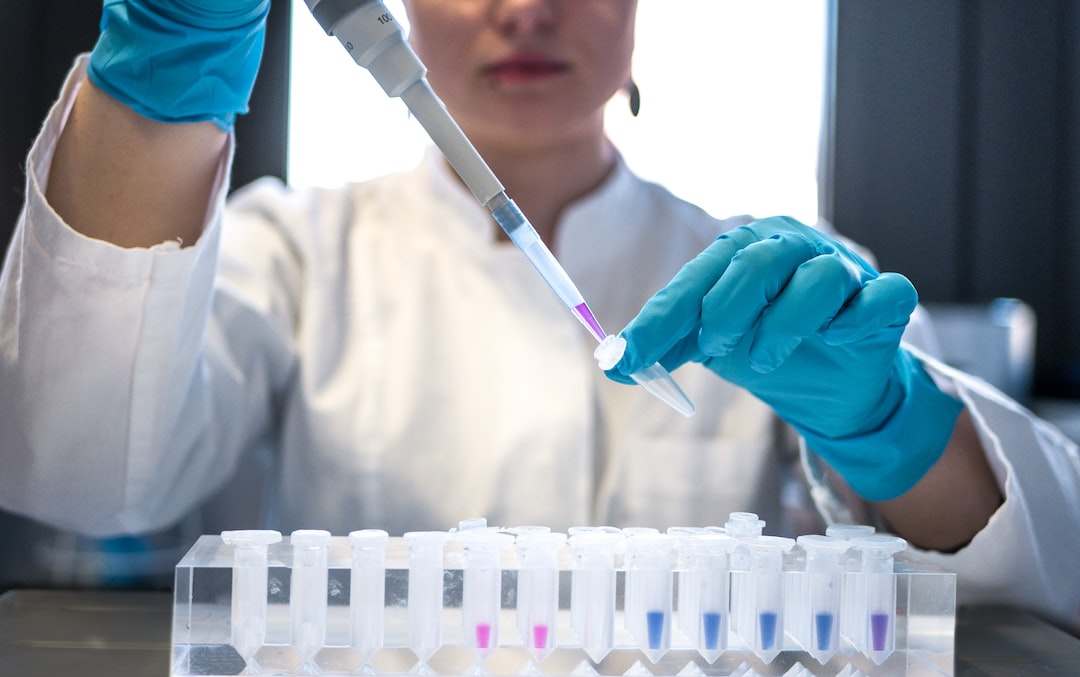mRNA’s delivery into cells can trigger the production of a protein to treat or prevent disease. But mRNA is vulnerable to degradation by RNases, making the correct purification methods a vital consideration.
Traditionally, vaccine / therapeutic developers have outsourced individual steps of the process to contract service providers with varying pricing and capacity. This can lead to delays, bottlenecks, and costly redundancies.
mRNA Synthesis
Each custom mRNA sequence requires a unique DNA template and specific enzymes to achieve desired activity levels and delivery materials (LNPs). The mRNA itself is usually a single-stranded RNA molecule with three parts: nucleotides at the 5’ end provide binding sites for proteins that initiate polypeptide synthesis; the central protein-coding region consists of consecutive triplets of three nucleotides (or codons) that specify the amino acid sequence. A universal genetic code relating codons to amino acids exists, with initiation codons coding for methionine and termination codons encoding for stop signals that terminate peptide synthesis.
mRNA must be purified before use, as it is susceptible to degradation by cellular endonucleases. Moreover, custom mRNA manufacturing utilizes a variety of proprietary processes to enhance purity, including mRNA capping, trimming, and splicing, as well as mRNA oligo dT capture and a high-performance liquid chromatography system.
Several commercial companies offer mRNA synthesis and manufacturing services for research / preclinical and clinical studies and GMP production. The landscape of mRNA synthesis and manufacturing service providers includes large, mid-sized, and small players with diverse product portfolios that address multiple therapeutic areas. The report outlines an elaborate competitiveness analysis of the mRNA synthesis and manufacturing services market, featuring profiles of key players, their business model, additional services offered, recent developments, and informed future outlook.
Modification
Unlike established vaccines, mRNA does not require an animal source to be produced. However, mRNA production still relies on costly and limited raw materials.
Producing mRNA at an industrial scale requires a network of contract service providers. As a result, developers of mRNA-based therapeutics or vaccines are increasingly outsourcing key process steps to CROs with the experience, resources, and capabilities to support this emerging biotherapeutic class.
Several different techniques can be used for the purification of mRNA. The choice depends on the mRNA purity, cost objectives, and the specific impurities to be removed. Methods typically include a precipitation or nuclease digestion step to remove the capped mRNA. However, these processes have limited scalability and could be more cost-effective when applied to high-throughput production.
mRNA is a promising new biotherapeutic because of its versatile and non-viral delivery systems. It can trigger the production of a protein that could function as a vaccine, replace a defective protein in a cell, or activate an antitumor response. Strong early results for mRNA-based vaccines against COVID-19 have accelerated interest in the technology and the development of new therapeutic approaches to address unmet medical needs. mRNA’s relative simplicity makes it well-suited for continuous processing, particularly at a microfluidic scale. This allows the compartmentalization of enzymatic reactions, reduction in expensive reagents, and the implementation of recirculation and in situ product removal strategies.
Purification
The next step in the mRNA manufacturing process is purification. To create mRNA with specific quality attributes, the process needs to be able to remove any unwanted particles, such as dsRNA. Typical methods for mRNA purification utilize size exclusion chromatography to separate molecules by molecular weight. This allows the removal of dsRNA and other impurities from the final mRNA product using the same unit operation. This ensures a high purity level and can also remove plasmid DNA.
A chromatography process could be combined with a trough-to-finish system (TFF) or an aqueous two-phase system to reduce the number of unit operations required and to minimize potential product losses in processing. This method is also a good choice for mRNAs with a high molecular weight and a long poly-A tail, which may require additional purification steps.
Since mRNA is produced in a cell-free environment, the risk of contamination with adventitious materials is much lower than in other vaccine production processes that use cell cultures. Moreover, the IVT reaction only lasts a few hours, significantly reducing the time the sample is exposed to RNases. This makes mRNA a good choice for developing vaccines and therapeutics for which fast turnaround times are essential. For example, some are currently developing a microfluidic platform that combines the three key mRNA manufacturing steps into a single end-to-end system: PCR amplification of linearised plasmid DNA, in vitro transcription, and formulation of the resulting mRNA into lipid nanoparticles.
Packaging
Producing mRNA at a large scale under current good manufacturing practice (cGMP) conditions requires multiple steps. This includes the creation of a DNA template containing the target sequence, in vitro transcription, and LNP encapsulation. The resulting mRNA is purified from reaction contaminants through several methods, including chromatography, single-pass tangential flow filtration, and sterile filtration. The mRNA is then encapsulated in lipid nanoparticles (LNP) for delivery into the body.
Since mRNA is produced in a cell-free system, it doesn’t require any animal-derived raw materials and does not produce any adventitious contaminations. This makes mRNA production much safer than conventional vaccines.
However, IVT mRNA production methods still need to be improved. It is critical to develop processes that can support on-demand production, reduce processing time and allow the introduction of process integration and automation technologies. In addition, it would be beneficial to implement continuous processing for mRNA production and purification, which is widely used in the chemical and pharmaceutical industry.
As the mRNA vaccine / therapeutic field continues to grow, developers need to work with CROs that can provide a complementary end-to-end portfolio of services. PPD has extensive experience in mRNA-based vaccine / therapeutic development and manufacture and is uniquely positioned to deliver on this need through our comprehensive mRNA capabilities.


